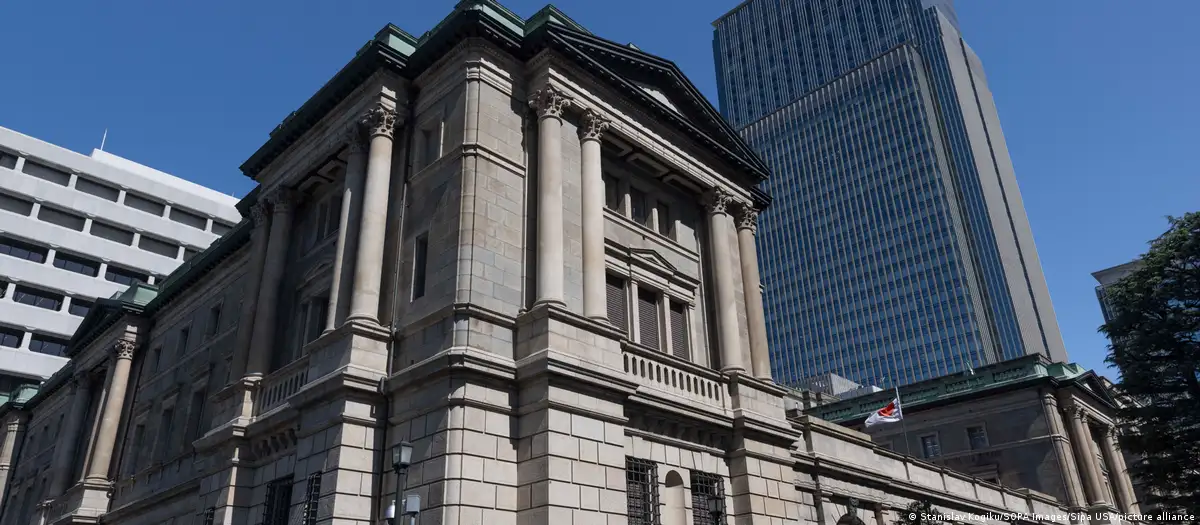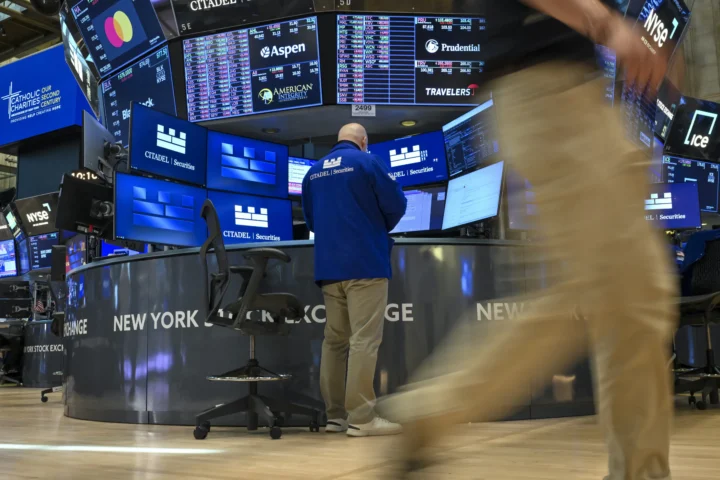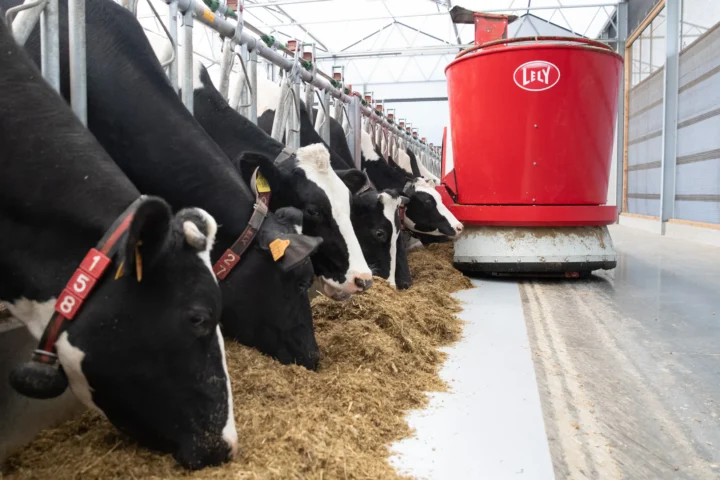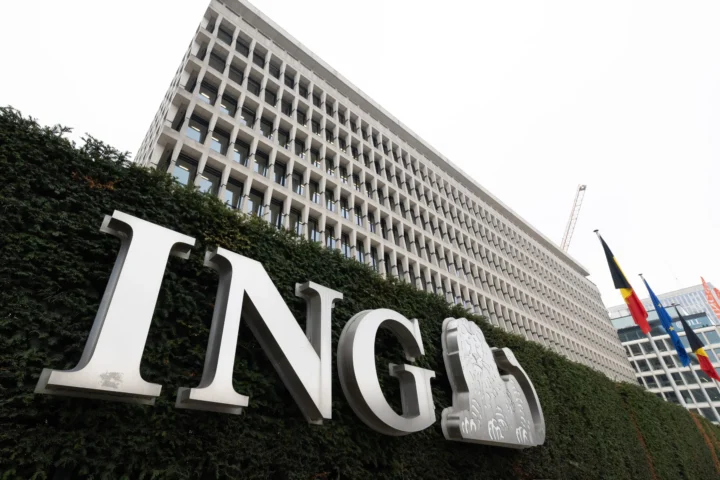The move marks an end to Japan’s famous and long-running negative interest rate policy.
The Bank of Japan (BOJ) announced on Tuesday the end of its negative interest rate policy and increased borrowing costs for the first time in 17 years.
The negative rates were a part of Japan’s aggressive monetary easing program.
“The Bank will encourage the uncollateralized overnight call rate to remain at around 0 to 0.1%,” the central bank said in a statement, moving them from their previous level of negative 0.1%, thus still keeping rates stuck around zero.
It was Japan’s first interest rate hike since 2007 and marks an end to a prolonged period of ultra-loose monetary policy aimed at stimulating the economy.
More details regarding the decision and possible further hikes would follow BOJ Governor Kazuo Ueda’s press conference later on Monday.
According to the Nikkei newspaper, Japanese Prime Minister Fumio Kishida said, “We trust the BoJ,” adding that the decision “is in their hands.”
Hike of ‘symbolic significance’
“This would be the first rate hike in 17 years, so it has a lot of symbolic significance,” Izumi Devalier, head of Japan economics at BofA Securities, said ahead of the announcement. “But the actual impact on the economy is very small.”
She believed that the BOJ will likely continue keeping monetary conditions loose.
Raising the rate will make loans more expensive for consumers and businesses.
Following the rate hike, Japanese stocks saw fluctuations on Tuesday, and the yen dropped by 0.39% to 149.74 against the dollar.
Understanding BOJ’s policy
While many western central banks kept interest rates at or near zero in the roughly 15 years after the financial crash of 2007 and 2008, Japan’s was already moving in that direction by the mid 1990s.
This was both as part of a bid to encourage spending and inflation in an aging society with negative population growth, and also in a bid to keep the country’s debt repayments manageable, with Japan the most endebted country on the planet as a share of GDP.
In recent months, for the first time in years, inflation in Japan was approaching the Bank of Japan’s 2% target level, prompting speculation in recent weeks that a rates change was likely either in March or April’s BOJ meeting.
Source: Dw








